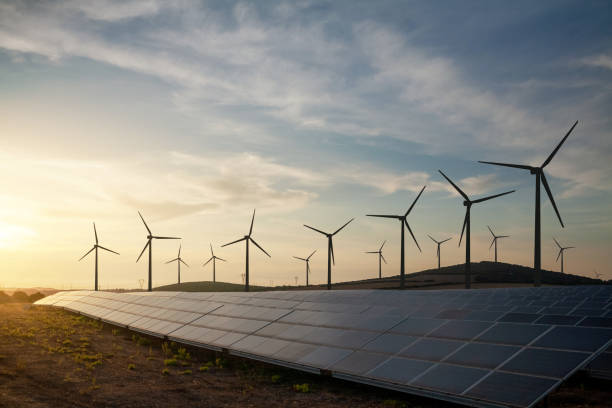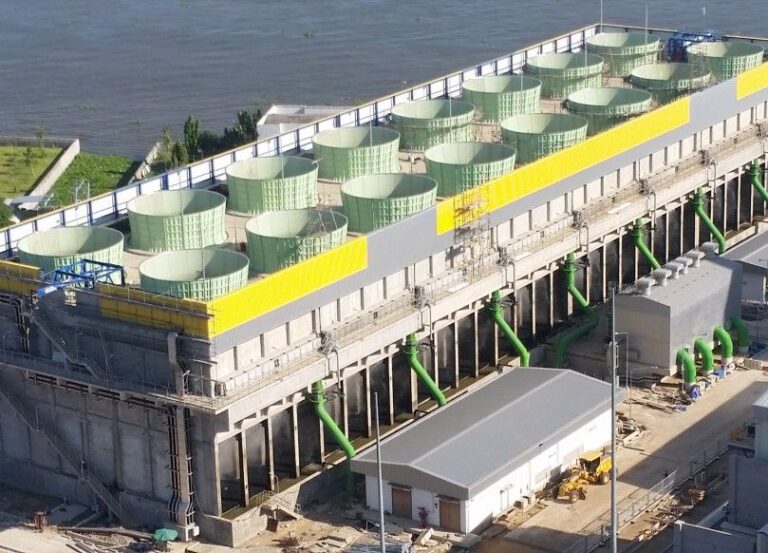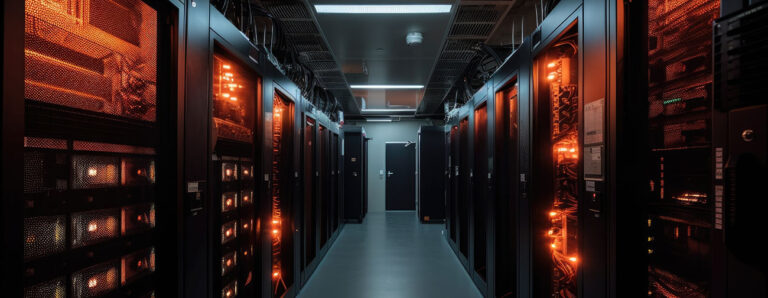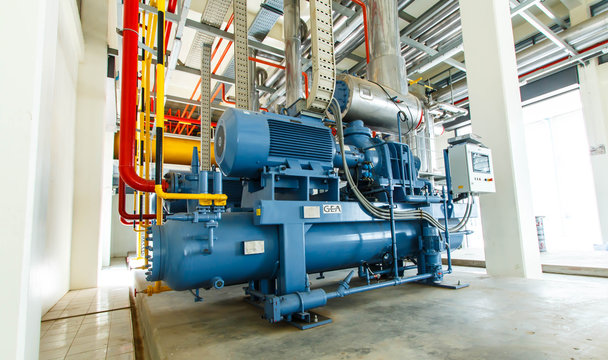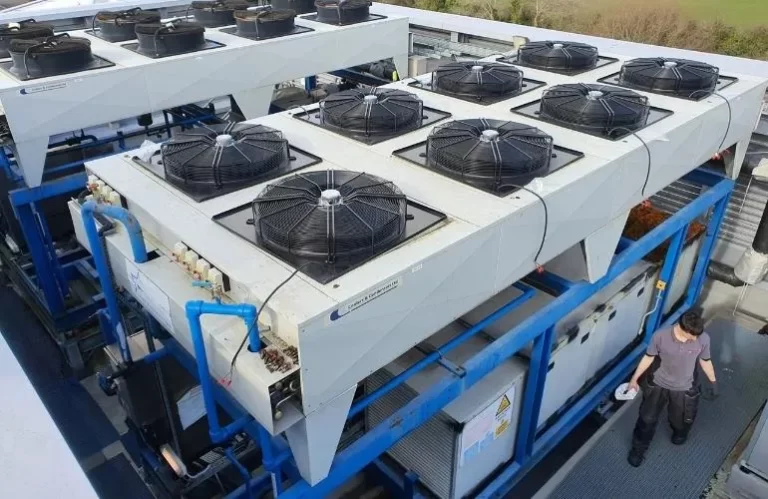Introduction Chillers and Renewable Energy as the demand for energy-efficient and eco-friendly solutions grows, integrating renewable energy sources like solar and wind power into chiller systems has emerged as a game-changer. Traditionally reliant…
Dynamic Load Balancing in Chillers
Introduction Dynamic load balancing in Chillers plays a crucial role in this by intelligently distributing cooling demand across multiple chillers, ensuring that no single unit is overburdened while others remain underutilized. By leveraging…
Cooling Tower Plume Abatement
Introduction Cooling tower plume abatement refers to the strategies and technologies used to reduce or eliminate the visible vapor plume emitted from cooling towers. This vapor, which is essentially condensed water, forms when…
AI-Powered Cooling Systems: The Future of Industrial Cooling
Introduction AI-powered cooling systems are revolutionizing the industrial cooling landscape by harnessing advanced algorithms, data analytics, and machine learning to optimize performance and enhance energy efficiency. These intelligent systems integrate real-time data from…
Chiller Compressor
Introduction Chiller Compressor is the heart of any chiller system, responsible for compressing the refrigerant and enabling efficient heat exchange to provide the desired cooling effect. The type of compressor chosen can significantly…
Hydraulic Oil Chillers: Selection Guide for Heavy Machinery
Introduction Hydraulic oil chillers are crucial components in industrial machinery, especially in sectors like construction, mining, and manufacturing, where equipment operates under intense conditions for prolonged periods. Hydraulic systems generate significant heat during…
Best Heat Exchanger for Your Chiller System
Introduction Heat Exchanger directly influences the efficiency, reliability, and overall performance of the cooling system. With various types of heat exchangers available, each with unique advantages and suitable applications, it’s essential to understand…

